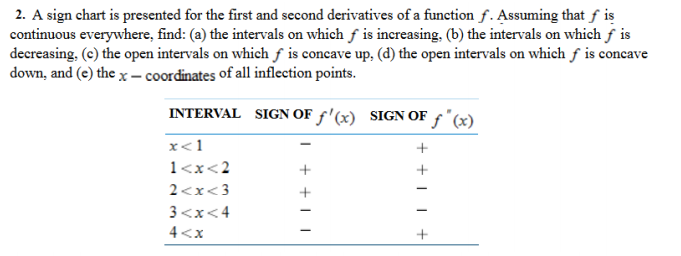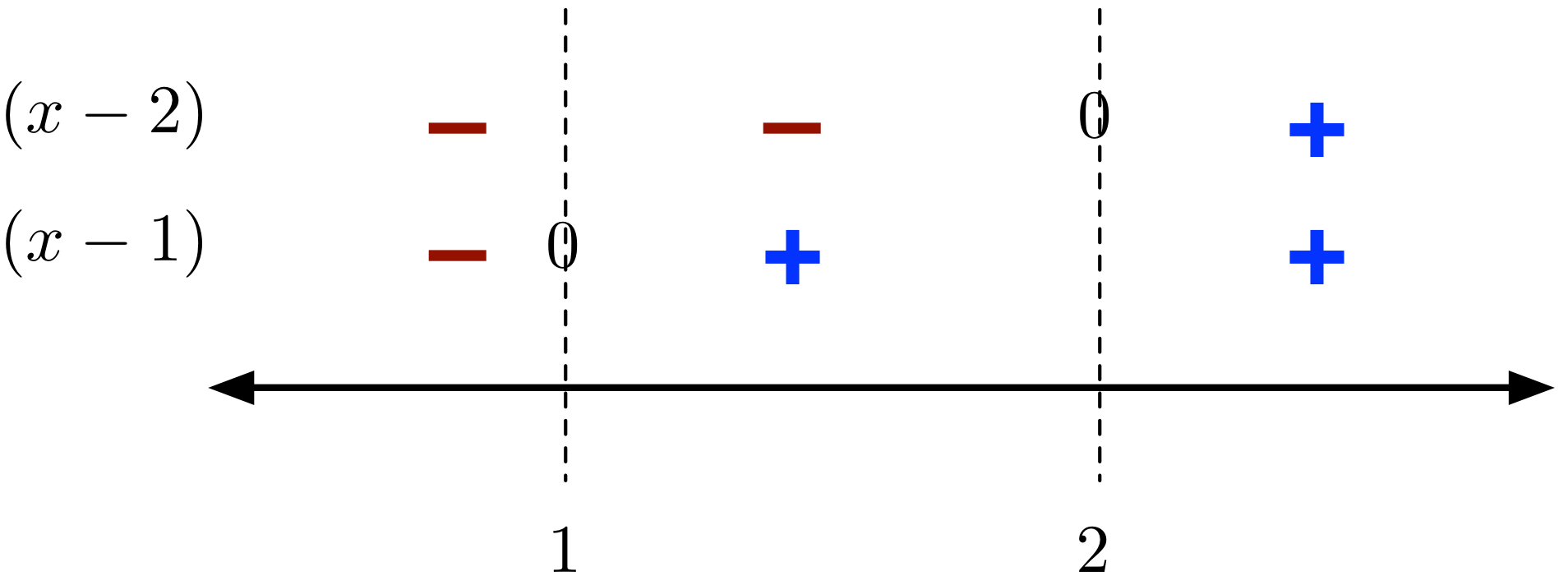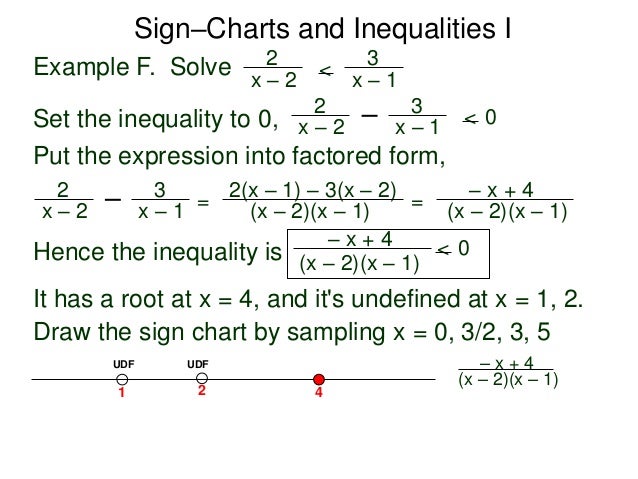
When in doubt, split the leading term into the coefficient and the variable with the exponent and see what happens when you substitute either a negative number (left-hand behavior) or a positive number (right-hand behavior) for x. Look at the exponent of the leading term to compare whether the left side of the graph is the opposite (odd) or the same (even) as the right side. When graphing a polynomial function, look at the coefficient of the leading term to tell you whether the graph rises or falls to the right. If the degree is even, the variable with the exponent will be positive and, thus, the left-hand behavior will be the same as the right. Let’s look at the following examples of when x is negative:Ī trick to determine end graphing behavior to the left is to remember that "Odd" = "Opposite." If the degree is odd, the end behavior of the graph for the left will be the opposite of the right-hand behavior. The leading coefficient test tells us that the graph rises or falls depending on whether the leading terms are positive or negative, so for left-hand behavior (negative numbers), you will need to look at both the coefficient and the degree of the component together. A negative number multiplied by itself an even number of times will become positive. When you replace x with negative numbers, the variable with the exponent can be either positive or negative depending on the degree of the exponent.Ī negative number multiplied by itself an odd number of times will remain negative. So you only need to look at the coefficient to determine right-hand behavior. When you replace x with positive numbers, the variable with the exponent will always be positive.


Step 2: The Degree of the Exponent Determines Behavior to the Left If the leading coefficient is negative, bigger inputs only make the leading term more and more negative. of the derivative of f at the chosen values and record the signs in the sign chart. If the leading coefficient is positive, bigger inputs only make the leading term more and more positive. To graph f with calculus requires solving the equation f (x) 0. Let's start with the right side of the graph, where only positive numbers are in the place of x. When graphing a function, the leading coefficient test is a quick way to see whether the graph rises or descends for either really large positive numbers (end behavior of the graph to the right) or really large negative numbers (end behavior of the graph to the left). Let’s step back and explain these terms.Ģx3 is the leading term of the function y=2x3+8-4.Ģ is the coefficient of the leading term. On the graph of a function, the second derivative corresponds to the. Explain the concavity test for a function over an open interval. Use concavity and inflection points to explain how the sign of the second derivative affects the shape of a function’s graph. State the first derivative test for critical points. A sign diagram is a special type of table with two rows. The behavior of the graph is highly dependent on the leading term because the term with the highest exponent will be the most influential term. In calculus, the second derivative, or the second order derivative, of a function f is the. Explain how the sign of the first derivative affects the shape of a function’s graph. This module continues the development of differential calculus by introducing the first and.

Step 1: The Coefficient of the Leading Term Determines Behavior to the Right The leading coefficient test is a quick and easy way to discover the end behavior of the graph of a polynomial function by looking at the term with the biggest exponent. Let’s review some common precalculus terms you’ll need for the leading coefficient test:Ī polynomial is a fancy way of saying "many terms."Ī polynomial function is a function (a statement that describes an output for any given input) that is composed of many terms.Ī leading term in a polynomial function f is the term that contains the biggest exponent.Ī coefficient is the number in front of the variable.Įnd behavior is another way of saying whether the graph ascends or descends in either direction. Here are two steps you need to know when graphing polynomials for their left and right end behavior. For lists of symbols categorized by type and subject, refer to the relevant pages below for more.You can use the leading coefficient test to figure out end behavior of the graph of a polynomial function. $\displaystyle e = \frac \, dx$įor the master list of symbols, see mathematical symbols. The following table documents some of the most notable symbols in these categories - along with each symbol’s example and meaning. In calculus and analysis, constants and variables are often reserved for key mathematical numbers and arbitrarily small quantities.


 0 kommentar(er)
0 kommentar(er)
